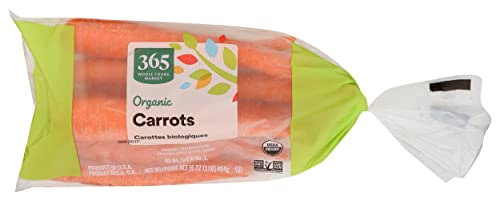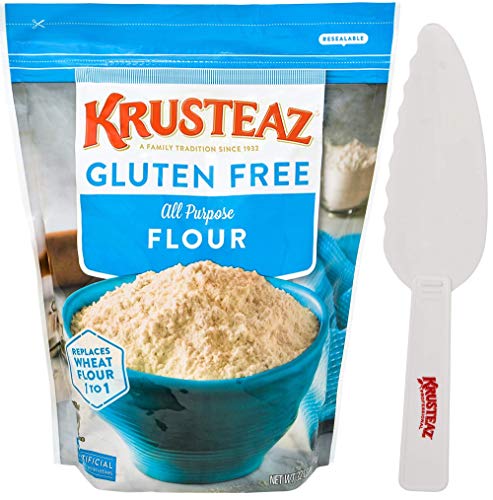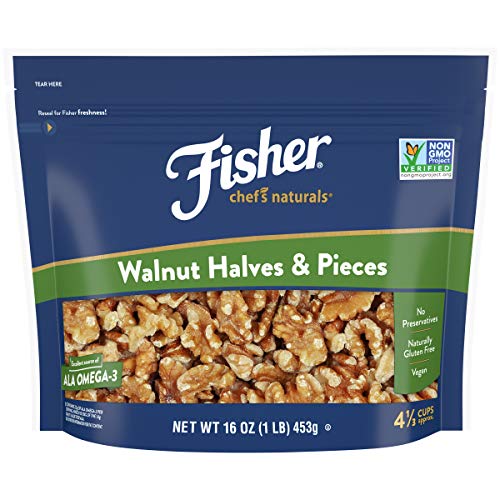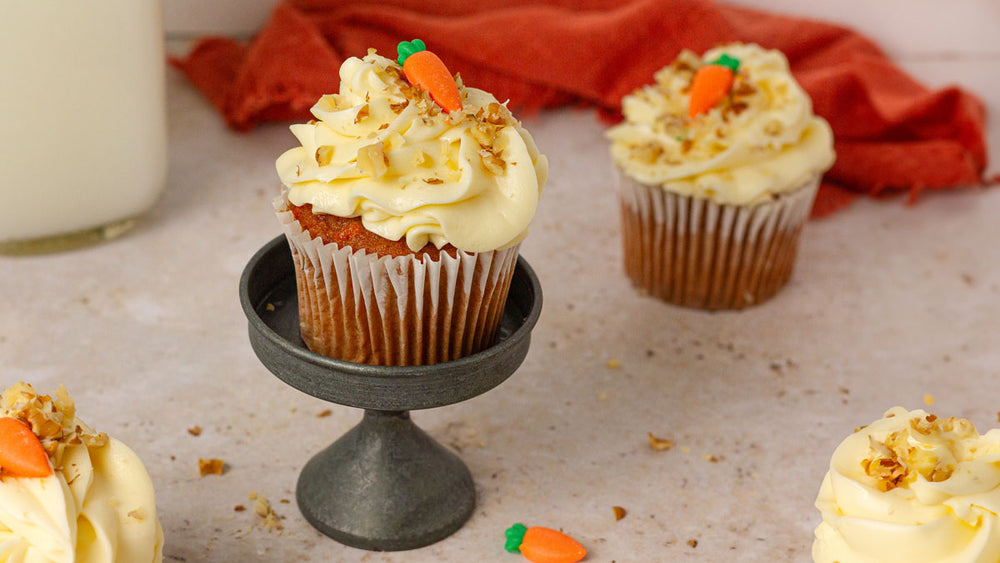
Gluten-Free Carrot Cake Cupcakes
RECIPEPublished on Friday, March 29, 2024 by Jessie Hulsey
Mastering Gluten-Free Baking: Crafting the Perfect Carrot Cake Cupcakes
For those who love the classic flavors of carrot cake, our Gluten-Free Carrot Cake Cupcakes are a perfect option for those with gluten sensitivities and following a Low FODMAP diet.
They are moist and tender, with a blend of warm spices like cinnamon and nutmeg. The shredded carrots give them a natural sweetness and a boost of nutrition, while the cream cheese frosting adds a tangy contrast.
The Basics of Gluten-Free Baking
People who follow a gluten-free diet often have to change their baking routine. Gluten-free baking requires different ingredients and techniques to achieve the same texture and flavor as traditional baking.
Choosing the right flour is one of the most important aspects of gluten-free baking. Gluten-free flours are made from various grains, nuts, and seeds. Some of the most commonly used gluten-free flour include almond flour, rice flour, and coconut flour.
Almond flour is popular for gluten-free baking because it is high in protein and healthy fats. It is also low in carbohydrates and has a mild, nutty flavor. Rice flour is another common gluten-free flour that is made from finely ground rice. It is versatile and can be used in a variety of baked goods. Coconut flour is a gluten-free flour made from dried coconut meat. It is high in fiber and has a slightly sweet taste, but may not be suitable for those following a Low FODMAP diet due to its high fructose, fructan, and sorbitol content.
When baking with gluten-free flour, it is important to use a blend of flour to achieve the desired texture and flavor. Many gluten-free flour blends are available on the market, or you can make your own by combining different gluten-free flours.
Ingredients
The key to making a moist and flavorful gluten-free carrot cake cupcake is to use the right ingredients. Gluten-free flour is the most crucial ingredient, and it is essential to choose the right type. Bob’s Red Mill Gluten Free 1-to-1 Baking Flour or Krustez Gluten Free Flour are great baking staples to keep in your pantry!
Shredded carrots, cinnamon, and nuts such as walnuts or pecans can be added to the batter to enhance the flavor and texture of that classic carrot cake flavor! According to Monash University, one medium-sized carrot is considered Low FODMAP, which means it offers a perfect way to add vibrant color and essential nutrients to your diet while accommodating those with sensitive digestive systems.
Frosting and Decoration
Cream cheese frosting is the classic frosting for carrot cake cupcakes. Lactose-free cream cheese can be used to make a Low FODMAP and dairy-free option. When it comes to decorating gluten-free carrot cake cupcakes, the options are endless. Chopped nuts, shredded coconut, and fresh fruit such as strawberries can be used to add a pop of color and texture. A sprinkle of cinnamon can also enhance the flavor.
Serving Suggestions
Carrot cake cupcakes are a delicious treat that can be enjoyed on their own or with a variety of accompaniments. Here are some serving suggestions to help you enjoy these cupcakes to the fullest.
- Cream Cheese Frosting: One of the most popular ways to serve carrot cake cupcakes is with cream cheese frosting. The tangy, creamy frosting pairs perfectly with the sweet, spiced cupcakes.
- Fresh Fruit: The sweetness of the fruit complements the spiced cupcakes and provides a refreshing contrast. Try serving the cupcakes with sliced strawberries, raspberries, or blueberries.
- Whipped Cream: For a lighter option, consider serving the cupcakes with whipped cream. The airy texture of the whipped cream balances out the dense cupcakes and adds a touch of sweetness.
- Coffee or Tea: The warm, comforting beverage complements the spiced flavors of the cupcakes and provides a cozy finishing touch to your meal.
Frequently Asked Questions
Are there any healthy substitutions for traditional ingredients in gluten-free carrot cake cupcakes?
Yes, there are several healthy substitutions that can be made in gluten-free carrot cake cupcakes. For example, you can replace refined sugar with a Low FODMAP natural sweetener such as maple syrup. You can add more fruits and vegetables to increase the nutritional value of the cupcakes. For instance, you can add shredded zucchini or mashed bananas to the batter.
Can you incorporate pineapple into gluten-free carrot cake cupcakes?
Yes, you can incorporate pineapple into gluten-free carrot cake cupcakes. Pineapple adds a sweet and tangy flavor to the cupcakes and keeps them moist. You can use crushed pineapple or pineapple puree in the batter. However, make sure to drain the pineapple well so that the excess moisture does not affect the texture of the cupcakes. You can also add other fruits, like cranberries or chopped dates, to the batter for added flavor and texture (check the appropriate FODMAP servings sizes with the Monash University app).
[[ recipeID=recipe-8lu1hobd2, title=Gluten-Free Carrot Cake Cupcakes ]]
Leave a comment on this article:
-
Jessie Hulsey
RD, LD
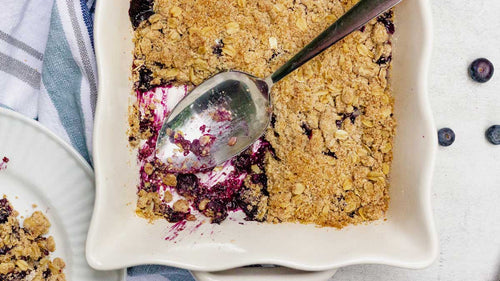
Low FODMAP Blueberry Crisp
RECIPE INSIDE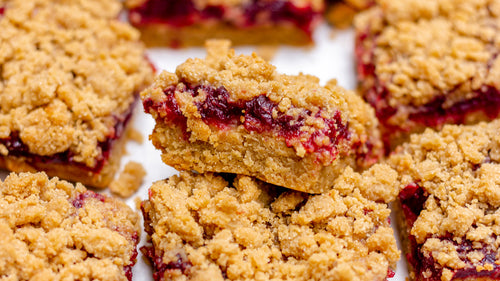
Low FODMAP Cranberry Crumble Bars
RECIPE INSIDE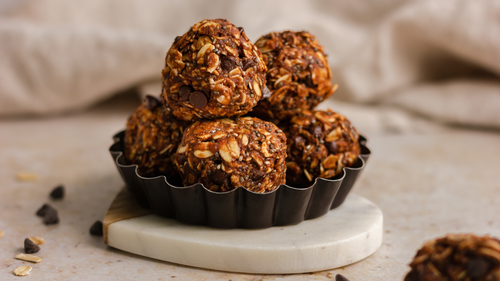
Low FODMAP Peanut Butter Chocolate Energy Balls
RECIPE INSIDE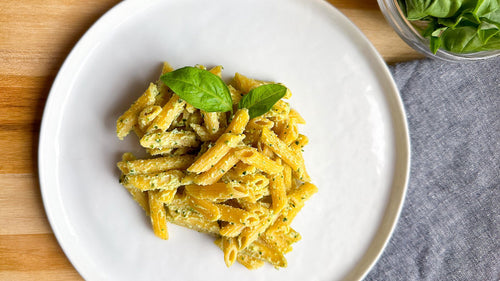
The Powerhouse Pesto: Creamy Tofu Pesto (NUT FREE)
RECIPE INSIDE
The Gut-Testosterone Connection: Part 2

Minimize Waste, Maximize Savings: Mastering Food Date Labels


